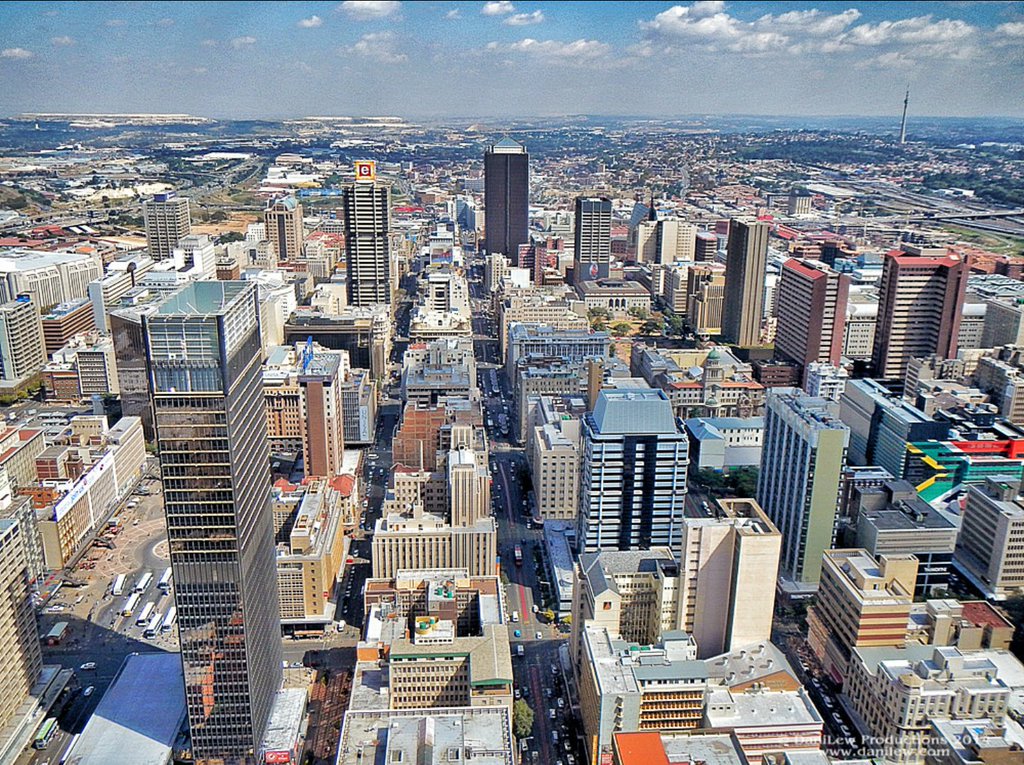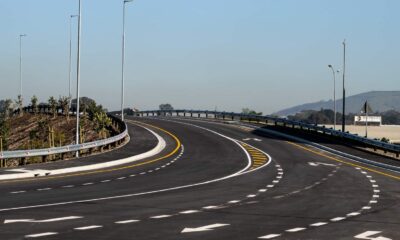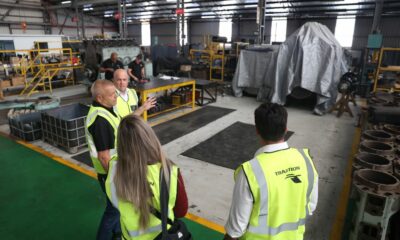Business
How Smarter Housing and Transport Policies Could Unlock Jobs in South Africa

South Africa’s cities are full of people commuting long distances, stuck in traffic, or squeezed into unreliable public transport, all while hunting for work or trying to hang onto their jobs. But what if the solution to the country’s staggering 32% unemployment rate wasn’t just about creating jobs, but rethinking how people get to them?
The latest OECD Economic Survey of South Africa offers a fresh perspective: align transport and housing policy — and do it urgently. It’s a bold ask, but it may be the missing link between economic growth and real opportunity for South Africans.
Too Far from Work, Too Broke to Move
In the words of Associate Professor Francois Viruly from UCT: “In South Africa, the typical household lives in a 40-square metre house, 40 kilometres from work, and spends 40% of their income just to get there.”
This isn’t just inconvenient. It’s the legacy of apartheid-era spatial planning that forced Black South Africans to the outskirts of cities. Today, that legacy still defines our urban geography. And it’s costing the country more than just time and fuel, it’s draining productivity and limiting access to the job market.
The OECD’s Wake-Up Call
The OECD isn’t mincing words. South Africa has extraordinary growth potential, they say, but low public investment and high business costs are throttling it. The 2024 Economic Survey warns that unless major structural reforms take place, economic recovery will remain sluggish, and unemployment will hover around 32% through 2026.
Their prescription? Start by focusing investment on better infrastructure and housing near job centres. Loosen restrictive building regulations. Push for dense, well-located rental housing. And above all, align transport systems to where people actually live and work.
Luiz de Mello, the OECD’s Director of Country Studies, emphasized that “prudent macroeconomic policies and structural reforms are central to durably boost productivity and employment.”
Why Urban Planning is an Economic Issue
If that sounds like a town planner’s job, it is, but it’s also an economic emergency. With the country having shed 245,000 jobs in just the first quarter of the year, economist Dr Roelof Botha warns that failing to act could amount to “self-inflicted economic sabotage.”
Even with slight GDP growth projections of 1.3% this year and 1.4% in 2026, it’s clear that growth alone isn’t enough. What matters is whether people can access it. Right now, many can’t.
Building Smarter, Not Just Bigger
Viruly suggests ditching “greenfield” developments on city fringes and instead focusing on “brownfield” projects, repurposing underused or abandoned buildings in urban centres. It’s a practical, cost-effective way to boost housing supply without sprawl.
But there are obstacles. High costs, material shortages and longer lead times, driven partly by the global economy and new US tariffs, are already complicating major developments. Nolubabalo Tsolo from the Association of South African Quantity Surveyors says that rising input prices and unstable currency rates are forcing contractors to reassess budgets and delivery timelines.
The Property Sector’s Resilience Amid Uncertainty
Despite the chaos, some in the property sector remain optimistic. Adrian Goslett of Remax Southern Africa notes that property continues to be a reliable investment — even when markets are volatile. “Savvy investors know how to navigate volatility to their advantage,” he said, stressing the need for adaptable strategies.
Still, for the average South African, buying or renting close to work remains a pipe dream, unless the system itself changes.
A Matter of Priorities, Not Possibilities
South Africa doesn’t lack expertise. It doesn’t lack vision. What it lacks is alignment. Housing policies are drafted in one office, while transport policies are drafted in another, and neither fully talks to the needs of the working poor.
Fixing this disconnect isn’t just about good governance, it’s about justice, dignity and unlocking a workforce ready to move forward.
So, as policymakers eye rate cuts and investment incentives, the bigger question looms: will they rethink how cities are built and how people live in them?
Because creating jobs is only half the battle. Making them reachable is the other.
{Source: IOL}
Follow Joburg ETC on Facebook, Twitter , TikTok and Instagram
For more News in Johannesburg, visit joburgetc.com



























